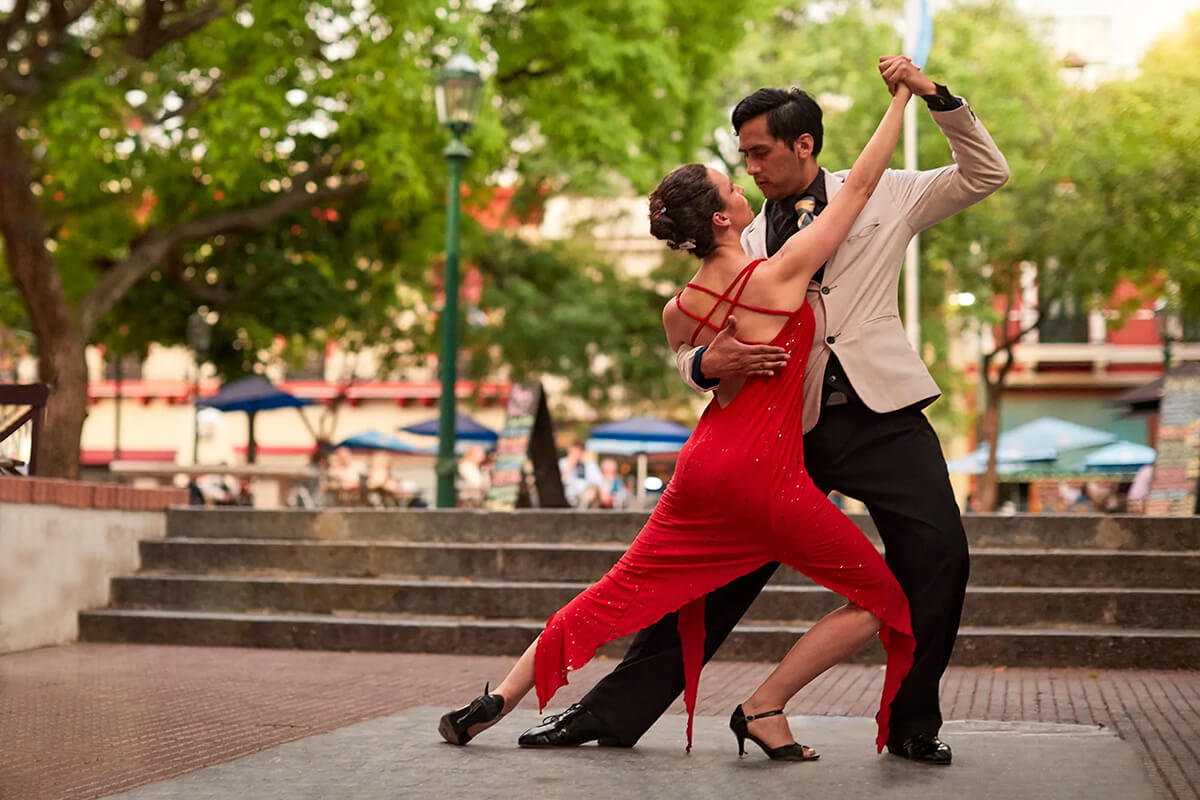When you think of Italy, what comes to mind? Rolling hills, breathtaking landscapes, rich history, and of course, exquisite cuisine. But Italy’s soul is not just woven into its scenery or food—it pulses in its music and dance. From the passionate rhythms of opera to the infectious beats of tarantella, music and dance have played a vital role in shaping Italian culture for centuries.
Whether you're strolling through the streets of Naples or dancing at a lively festival in Sicily, music and dance are everywhere. They’re a celebration of life, love, and the deep connection Italians have with their heritage. In this post, we’ll explore the diverse world of Italian music and dance, and discover how they reflect the country's vibrancy, history, and passion.
1. Opera: The Heartbeat of Italian Music
Italy is often considered the birthplace of opera, and it’s impossible to talk about Italian music without mentioning this iconic art form. With legendary composers like Giuseppe Verdi, Giacomo Puccini, and Vincenzo Bellini, Italy has given the world some of its most profound musical contributions. Opera in Italy is more than just a performance—it’s a way of life.
Must-See Opera Destinations
La Scala, Milan: One of the most famous opera houses in the world, La Scala has hosted some of the greatest operatic performances ever. If you can catch a show here, it’s a dream come true for any music lover.
Arena di Verona: This ancient Roman amphitheater is the perfect backdrop for open-air opera performances. During the summer months, the arena comes alive with grand operatic productions that echo through the stone walls.
Opera in Italy is not just for the elite; it's woven into everyday life. From small towns to major cities, locals often gather for outdoor concerts or even spontaneous performances in piazzas. The passion that fills the air when an aria is sung in Italy is unlike anywhere else. It’s raw, emotional, and impossible to ignore.
2. The Italian Folk Tradition: The Music of the People
While opera represents Italy’s grand, artistic side, Italian folk music speaks to the heart of the people. Folk music varies from region to region, each with its own distinct instruments, rhythms, and themes. In southern Italy, the traditional sounds of tarantella take center stage, while in the north, the folk music often reflects Alpine influences.
Tarantella: A Dance of Passion
The tarantella is perhaps the most famous folk dance in Italy. Originating in southern Italy, particularly in Naples, the dance was traditionally performed to the rhythm of drums, tambourines, and fiddles. Legend has it that the dance originated as a way to expel the venom of a tarantula bite, but over time, it became a symbol of freedom, celebration, and community.
The movements are fast, rhythmic, and filled with energy—dancers spin, twirl, and stomp their feet, as if caught in a whirlwind of passion. The music accompanying the tarantella is lively and infectious, with its rapid tempo and exuberant beats.
Folk Music Across Regions
Neapolitan Songs: Songs like “O Sole Mio” and “Funiculì Funiculà” have become global standards, but they have their roots in the folk traditions of Naples. These songs evoke the joy, romance, and warmth of the Neapolitan people.
Alpine Music: In the north, yodeling and the use of instruments like the accordion and bagpipes are common in traditional folk performances. These sounds reflect the serene, rugged landscapes of the Italian Alps.
3. The Influence of Italian Dance: From the Ballroom to the Streets
Dance in Italy is as diverse as its music. It’s not only a way to express joy and celebrate life but also an essential part of the country’s cultural identity. Whether it’s the grand ballo liscio in northern Italy or the sultry salsa rhythms in the south, Italian dance is as passionate as it is varied.
Ballet and Ballroom Dancing
Italy is home to a long-standing ballet tradition, with famous schools like the Teatro alla Scala Ballet Company in Milan and the Accademia Nazionale di Danza in Rome. Italian ballet dancers have made their mark on the international stage, with figures like Roberto Bolle, one of the most celebrated male ballet dancers in the world.
Meanwhile, ballroom dancing remains a popular pastime across the country, especially in the northern regions. The graceful waltz and the energetic foxtrot are frequently performed at festivals and local events.
Salsa and Contemporary Dance
In the southern regions, especially in Naples and Sicily, you’ll often hear the vibrant sounds of salsa, merengue, and bachata echoing through the streets. These dances, though originally from the Caribbean, have been embraced by Italians, and are often performed in salsotecas (dance clubs) or during local festivals.
Contemporary dance also plays a significant role in Italian culture, with cutting-edge dance companies and choreographers continually pushing boundaries and blending traditional forms with modern styles.
4. Music Festivals: Where Italy’s Soul Comes Alive
Italy is home to some of the most famous music festivals in the world. From opera to rock, jazz to electronic, these festivals showcase Italy’s diverse music scene and offer visitors a chance to experience the country’s love of music in the most magical settings.
Must-Attend Music Festivals
Umbria Jazz Festival (Perugia): One of Europe’s premier jazz festivals, held every summer in the medieval town of Perugia. It attracts jazz legends and up-and-coming artists from around the world.
Lucca Summer Festival (Lucca): Set in the stunning Tuscan town of Lucca, this festival hosts big-name international artists from all genres—rock, pop, classical, and everything in between.
Festa della Musica (All Over Italy): Held every June 21st, this nationwide music festival celebrates music in all its forms. From street performances to grand concerts, the whole country comes alive with music.
These festivals offer an opportunity to experience Italy’s music scene in full force, whether you’re in the heart of Rome, nestled in the Tuscan hills, or exploring the charming streets of smaller towns.
5. The Modern Italian Sound: A Fusion of Old and New
Italy’s contemporary music scene is a blend of traditional sounds and global influences. While the world may associate Italy with opera, folk songs, and classical music, today’s Italian artists are embracing a diverse range of genres—from pop and rock to rap and electronic music.
Modern Icons
Laura Pausini: One of Italy’s most successful pop stars internationally, Laura Pausini’s ballads have touched hearts around the world.
Eros Ramazzotti: With his soulful voice and passionate lyrics, Eros Ramazzotti is a major figure in the world of Italian pop music.
The Maneskin: Italy’s latest global sensation, the rock band Måneskin skyrocketed to international fame after winning Eurovision 2021. Their modern rock sound with a dash of Italian flair is shaking up the global music scene.
Modern Italian musicians are not only preserving their country’s rich musical heritage but are also blending it with contemporary sounds to create something entirely new and exciting.
Final Thoughts: Music and Dance as the Heartbeat of Italy
Italy’s musical and dance traditions are as diverse as its landscapes, from the emotional intensity of opera to the joyful energy of folk dance. Music in Italy is not just entertainment; it’s a deep-rooted expression of culture, history, and passion. Whether you’re attending an opera in Milan, dancing the tarantella in Naples, or enjoying the vibrant rhythms at a summer festival, Italy’s music and dance will make you feel the pulse of the country in every beat.
So, the next time you visit Italy, don’t just listen to the sounds—you’ll want to feel them, too. After all, in Italy, every note, every step, and every rhythm is a celebration of life itself.


